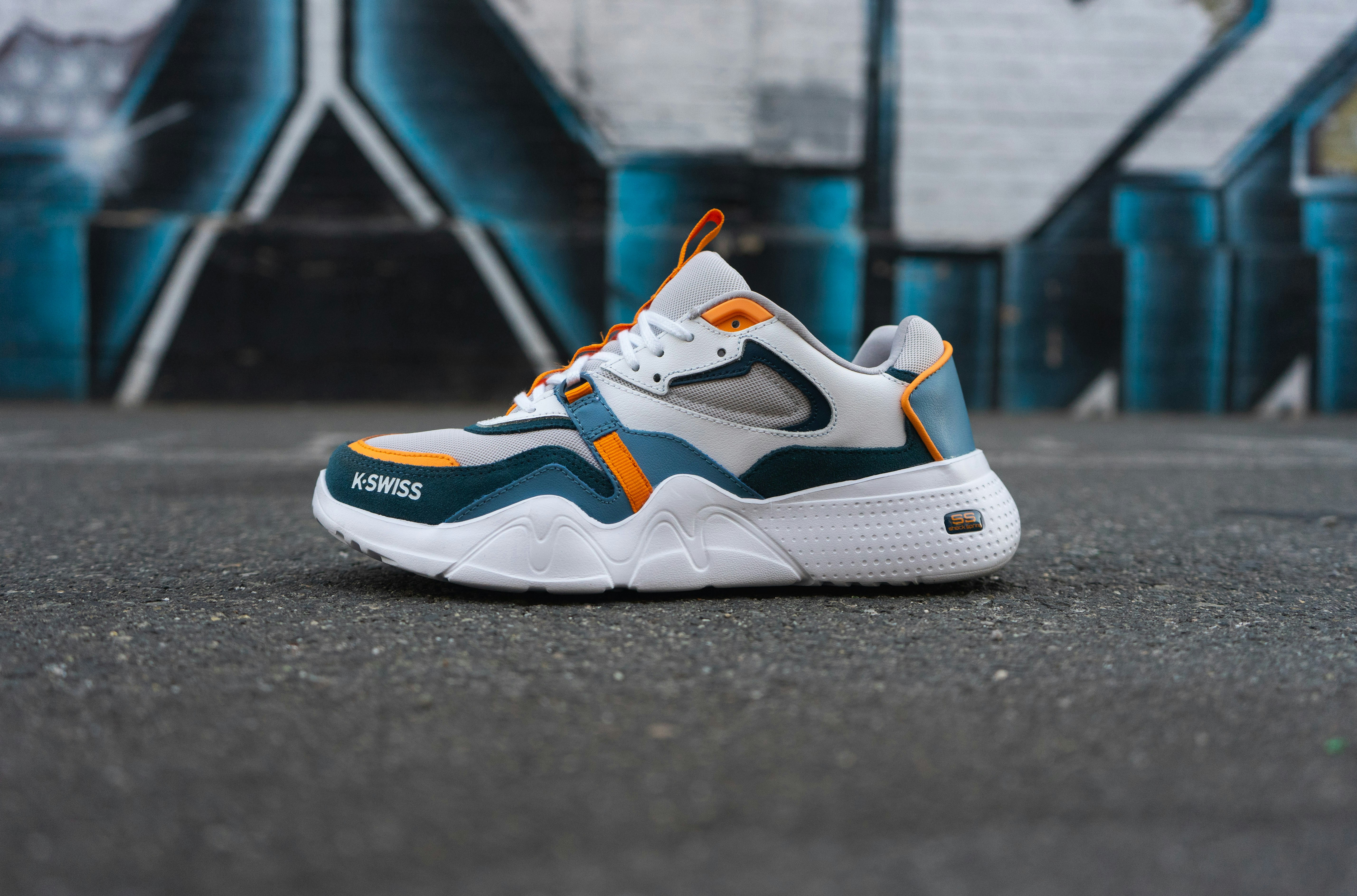Best Work Shoes for Health Assistants
Why Proper Footwear Matters

For health assistants who spend 12+ hours a day on their feet, choosing the right footwear isn't just about comfort—it's essential for preventing fatigue, maintaining proper posture, and ensuring long-term foot health. The right shoes can make the difference between ending your shift energized or exhausted.
Impact of Poor Footwear
- Physical Strain: Inadequate support can lead to foot, ankle, and back pain
- Fatigue: Poor shock absorption increases tiredness during long shifts
- Long-term Issues: Potential for chronic foot problems and posture issues
- Reduced Performance: Discomfort can affect focus and patient care quality
Essential Features to Look For
Support and Comfort
- Arch Support: Proper arch support for different foot types
- Cushioning: Quality midsole cushioning for shock absorption
- Heel Support: Stable heel counter for better stability
- Breathability: Moisture-wicking materials to keep feet dry
Safety Features
- Slip Resistance: Essential for wet or slippery hospital floors
- Fluid Resistance: Protection against spills and contamination
- Toe Protection: Reinforced toe area for safety
- Easy to Clean: Wipeable or machine-washable materials
Top Recommended Shoe Types

Professional Clogs
Benefits of professional clogs include:
- Easy slip-on design for quick changes
- Excellent arch support and stability
- Roomy toe box for comfort
- Durable and easy to clean
Athletic Nursing Shoes
Features of quality athletic nursing shoes:
- Lightweight design for reduced fatigue
- Superior cushioning technology
- Breathable mesh uppers
- Flexible soles for natural movement
Maintenance and Care
Daily Care Tips
- Rotate between two pairs of shoes
- Clean and disinfect regularly
- Allow proper drying between shifts
- Replace insoles when needed
When to Replace
Signs it's time to replace your work shoes:
- Visible wear on soles or uppers
- Decreased comfort or support
- After 500-600 miles of use
- Every 6-8 months of regular use
Additional Considerations
Proper Fitting
- Shop for shoes late in the day
- Consider custom orthotics if needed
- Allow room for foot swelling
- Try shoes with work socks
Investment Value
While quality healthcare shoes may seem expensive initially, consider:
- Long-term health benefits
- Increased durability
- Better work performance
- Reduced risk of foot-related issues